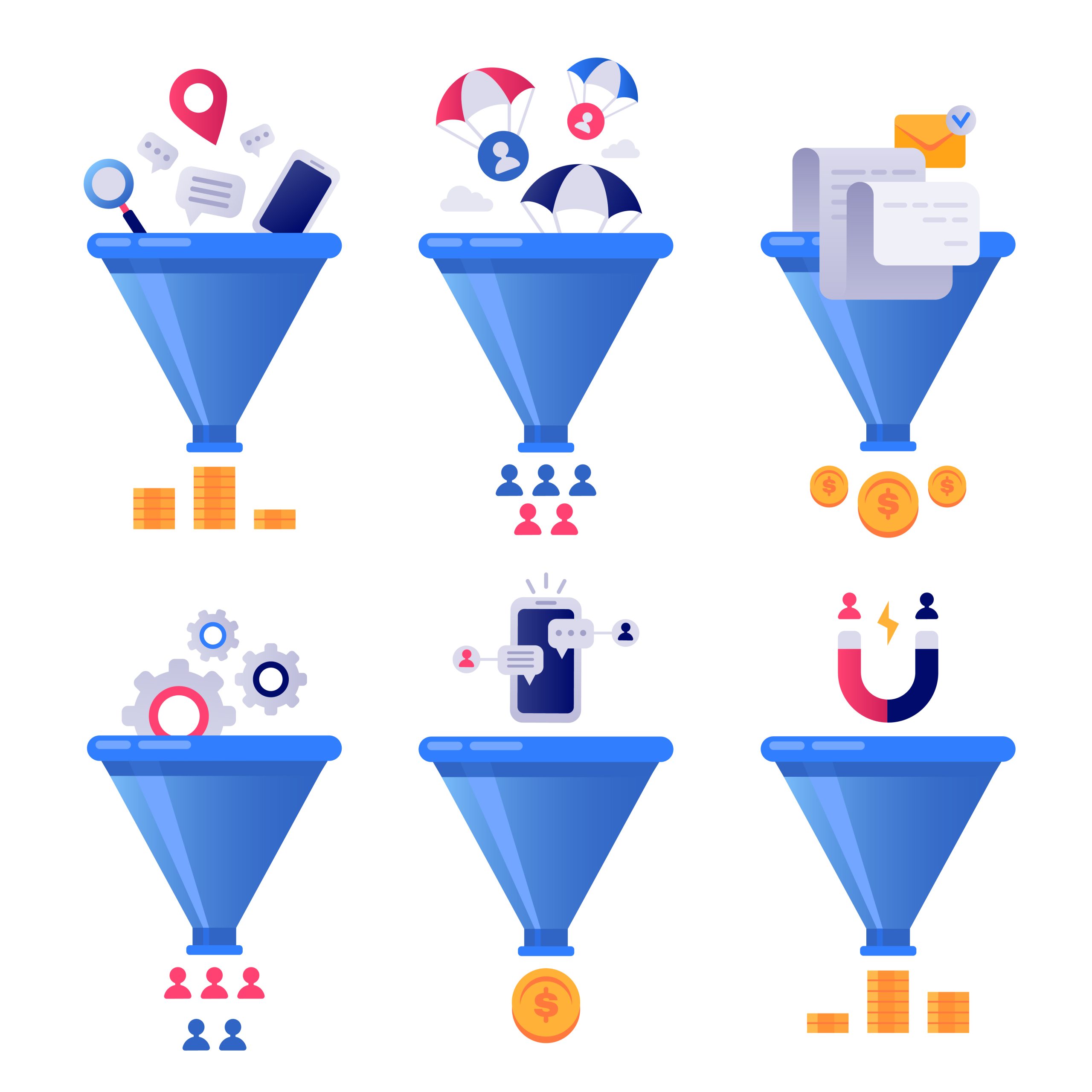Affiliate Tips: Get the Right Influences
08-12-2016

Earning or building backlinks is an integral part of SEO optimisation. The most visited websites are usually the ones that have excellent internal linking and great backlinks. Internal linking includes creating in-text hyperlinks to your own posts or to other websites, and backlinks are authoritative websites that link to you. Having a variety of both will most likely boost your search engine rankings and earn you a plateful of organic traffic.
Most of you might already know the importance of internal linking and backlink structures, but this article will show you how to achieve the most effective linkage for your website. It’s not just about linking random websites on any anchor word you feel like. Being intentional about such details will lower your bounce rates and keep your visitors engaged and focused on the topic at hand.
Affiliate Tips: Internal Linking
The purpose of internal linking is not only to stimulate web crawling, but to also keep your visitors browsing on your website longer. Linking to your own pages using relevant anchor words will keep your visitors interested, rather than distracted or disappointed. How many times have you seen anchor text that looked like it would be an interesting story, but the link took you to a completely unrelated website? If you could recall that disappointment, then you could imagine how much it would harm your website if you were to do the same. User experience will go up if you link relevant stories to your anchor words. If you employ this practice and do it on a consistent basis, you could very well earn yourself some returning traffic!
When linking to your own pages, remember the 80/20 rule: 20% of links will get you 80% more results than otherwise. Of course, this is just a hyperbolical tip because there aren’t any limitations as to how many links you can have per page, but we suggest that you stick with 4-5 links maximum per 500-words. If your links are high quality and relevant, having a small number will actually maximise your user experience rather than taking away from it. Internal linking should also be done consistently, so that you’ll eventually have an entire network of complex internal links that helps crawlers navigate your website. This could also be in the form of images and other media.
Affiliate Tips: Backlinking
Your backlink network is highly dependent on the authority of the websites that are linking to you. You can choose to use social media platforms to link to your personal website, since reblogs, shares, retweets, and mentions all matter when it comes to gaining organic traffic. If you choose to go with social media, you should research the best days to engage with these vast networks, and which networks would best suit your specific niche.
To build a high quality network of backlinks, you’ll have to first know which keywords you want to rank for. Google’s Keyword Planner will help you to discover which keywords garner the most searches each month and which ones have the least amount of competition. Once you decide on a few keywords or key phrases, put them to the test! Search them up on Google to see which websites rank the highest. Try to earn your way into one of those spots by analysing their SEO practices. If there are any directories or review lists in the top search pages, submit your URL to those authoritative websites for the chance to get linked.
Your sources of influence matter when it comes to earning quality traffic. Getting backlinks from two or three authoritative websites on the first page of Google is much better than getting backlinks from 50 spammy or unindexed websites. Getting quality backlinks takes time and just a little bit of luck, but with the right preparation, you’ll eventually get consistent organic traffic!


